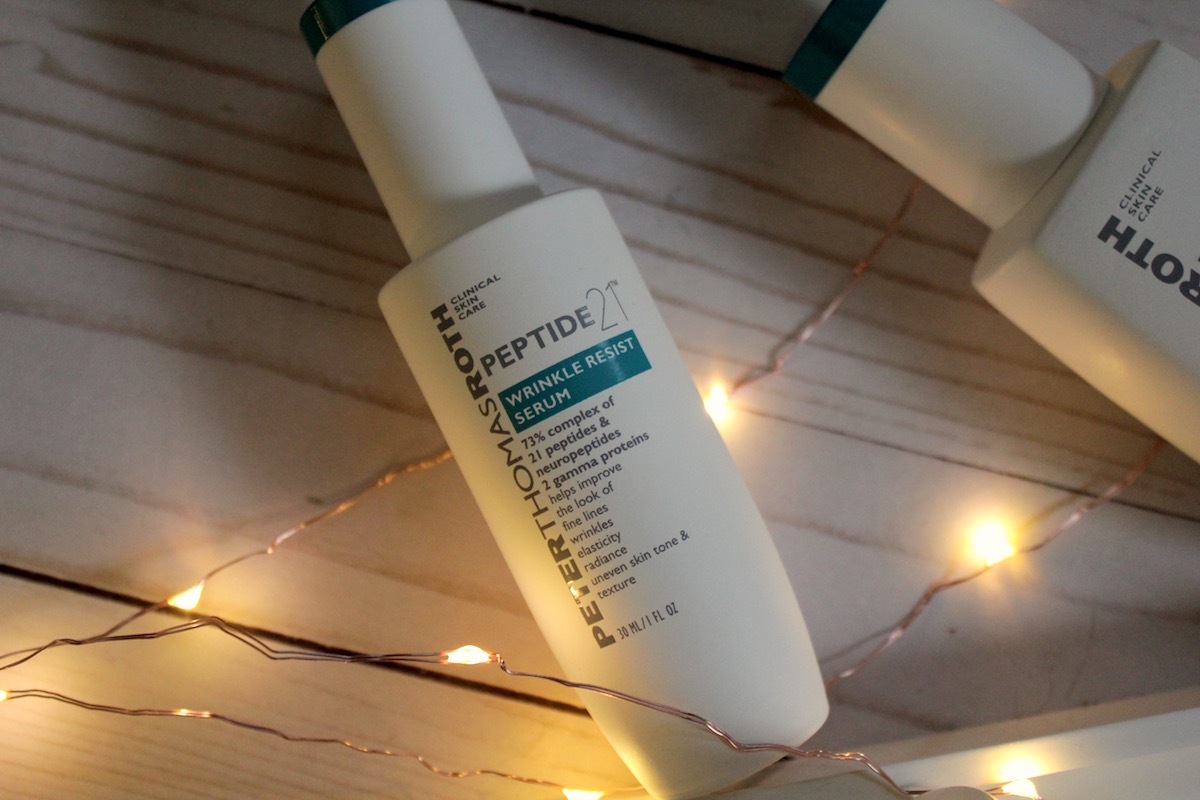I feel like the blogging community has been in an uproar for the last 10 days. But for those who don’t know what’s going on, on March 29, a dev and blogger named Jem posted this blog post, detailing malicious code she discovered in Pipdig’s plug-in and themes. I won’t detail everything Jem wrote about here, but needless to say, the blogger community was quick to discover her post.
Pipdig has been a popular theme provider for bloggers, specifically in lifestyle niches, for the last few years. I know many who self-host on Wordpress immediately went for Pipdig themes as they were easy-to-use, highly customizable, and came with outstanding customer service.
Throughout the Pipdig ordeal, many bloggers originally called to Pipdig’s outstanding customer service as a sign that perhaps Jem was mistaken about the code. (Long story short, code doesn’t lie and many, many developers backed Jem up. In fact, Wordfence, one of the premier Wordpress security blogs, happened to post about the same Pipdig issue at nearly the same time. They also shared some valuable information afterward that showed that even Blogger themes were effected by the code.)
As with any issue in the blog community, it felt like there was lots of back-and-forth for the first few days. A lot of the bigger, top tier bloggers went silent pretty quickly—they defended Pipdig, then dipped out of the conversation. Tempers were lost and a lot of people doubled down without really knowing what they were talking about.
The complication with all of this is that very, very few bloggers (especially in the niche that Pipdig primarily served) know how to read code. They relied on Pipdig to provide them with good customer service, to help them install their themes, and to do so in a way that was trustworthy. And unfortunately, Pipdig betrayed that trust because they behaved in a way that unethical very secretly, knowing that very few of their blogger customers would be able to catch them at it.
For many bloggers, this left them feeling naive—and as if they had been called stupid by the devs trying to explain it to them. There is absolutely no shame in not understanding code or technical language when it comes to code. However, bloggers can be quick to forming opinions without having a full picture and it is natural to want to trust an “industry giant” like Pipdig.
However, my thought is this: there were just too many experts telling me the exact same thing and I knew that absolutely none of them have a horse in this race, so to speak, in that they aren’t Pipdig competitors. Many of them had never really been involved in the lifestyle blogging community beforehand; they really didn’t even know it existed and if they did, they didn’t realize how robust it was, and they definitely were not prepared for the sheer amount of push back that they got. They were just professionals trying to do their due diligence and help people.
At the end of this post, I’ll have some valuable resources for Pipdig users if they still need to switch themes or uninstall the plug-in. As well, there are so many devs on Twitter offering their assistance to help bloggers remove Pipdig products. Again, if you need help understanding what’s going on, I highly recommend reading the Wordfence and Jem blog posts thoroughly.
For now, let’s talk about what this Pipdig fiasco has taught us.
1. The “Blogging Experts” Have Agendas
This doesn’t discount their expertise necessarily, but clearly some of the top bloggers in the lifestyle niche, and those who peddle classes and ebooks for sale that they know everything about blogging, have agendas that aren’t necessarily always going to fit with what is most helpful for other bloggers. I don’t want to name names here, but a lot of the biggest bloggers in the industry were quick to defend Pipdig, then went absolutely radio silent as more and more evidence came out and more and more developers started saying the same things. Many of them still haven’t said anything—which is fine! If that’s their bag, that’s their bag. But it makes you wonder why, exactly, they aren’t saying anything?
These same bloggers will be the first to throw other companies under the bus and tell their followers, or those who buy their advice, not to use them. They will sell their ebooks and online classes and give very strict advice on what to do for blogging, but when it comes to using a service that is maliciously using bloggers to do their dirty work, they go absolutely silent. That’s a bit odd, isn’t it?
The truth is, affiliate networking among hosting and theme providers has become increasingly common. I was actually just reading a blog post about how it is one of the best methods of affiliate marketing to build income from your blog, so it wouldn’t surprise me if many of the first to defend Pipdig (and then go silent) were affiliates who received income from referring people.
So what do we learn? If someone styles themselves as a blogging expert, and they make income from that styling, they may have an agenda. They may have partners that they don’t disclose. They may not be as authentic as they say. After all, it is still the internet. As much as we think we know all these bloggers, the truth is that we absolutely do not know these people. Just as none of us knew what Pipdig was really doing, none of us know what these experts are up to. Remember to do your own due diligence when it comes to their advice and who they back, because sometimes they don’t have the blogging communities best interests at heart.
2. The Blogging Community Has An Echo Chamber Problem
One big bloggers posts a Tweet about Pipdig and every medium tier blogger RTs it, then every small blogger RTs it, then every new blogger RTs it, and none of them think to actually read the blog post or look at the evidence. Partially because they don’t understand it (again, not their fault), but mostly because they trust those who have been blogging longer, or more successfully, or whatever.
It becomes an echo chamber. The biggies say this, so we believe it, so we all repeat it. And everyone who posted an opinion otherwise—those like me who work with developers, or those who understood code, or simply those who were willing to take an independent third parties word for it because they had nothing to gain or lose from it—was treated really, really terribly.
It goes without saying: Pipdig was a vendor to bloggers. They were not a friend, or an associate, or a best buddy. They were a vendor. They made money off small bloggers, and medium bloggers, and big bloggers. (And some of those bloggers potentially made money from everyone as well!) Pipdig might have had good customer service, but good customer service doesn’t mean anything when it comes to malicious code or unethical business practices. Some of the biggest companies in the have good PR; it doesn’t mean they aren’t shady.
The echo chamber of the blogging world is stunning and shocking even at the best of times. One person posts something and it becomes the opinion everyone must hold, or is afraid to not repeat. We all hate the follow-unfollow game on Instagram; we all blame the algorithm; we all do this, we all do that. It really is exhausting to keep up with the opinion we’re supposed to have. Because we’re bloggers, right? We’re all the same.
That’s right, I didn’t think so. It’s time to stop letting one single, popular blogger speak for all of us and damage the community as a whole, especially when they might have an agenda.
3. Pipdig Became “the Way To Have A Blog”
This is a big controversial, but all the Pipdig themes looked the same. Yes, they were highly customizable for users, but rarely did they ever get customized in a way that separated them from each other. Pipdig sold relatively affordable themes that fit the way bloggers thought their blogs should look.
Just like the blogging community has become an echo chamber when it comes to opinions, many people deferring to other people instead of critically thinking, the blogging community has also fallen victim to thinking they have to do X, Y, and Z before they become “real” bloggers. You need a self-hosted Wordpress website. (You don’t.) You need a Pipdig theme that looks like everyone else’s. (You don’t.) You need to take your photos a specific way. (You don’t.) You need to do this, that, and the other thing just like so-and-so tells you. (You don’t.)
There is no one way to blog. There is no one way your blog should look. It goes without saying, but blogging is highly personal… but we’ve all fallen victim to the pressure to look a certain way, or do certain things, to make ourselves successful.
I would consider myself a slightly successful blogger; I’ve been plugging away at this a very, very long time, so I feel a bit like an elderly person in the game, but I’ve gotten to this point (a small income, some sponsorships) without ever doing anything anyone told me to the letter. I am not self-hosted on Wordpress. I don’t have the same theme as everyone else. I don’t spend hours focusing on Pinterest or any other social media platform. I just let it happen, write posts i believe in, and let Google do the rest.
Getting a Pipdig theme was often treated like a goal post for blogging—and this made them into a giant that people didn’t want to see as an actual business, but rather just a goal. Pipdig was, to repeat myself, a vendor. That’s it. Nothing more. And they used bloggers to behave badly. There is no one way to have a blog so please, let’s not replace Pipdig with some other giant now.
Resources
If you have any additional resources for those who have a Pipdig theme, or the Pipdig plugin, or are available to assist bloggers when switching, send me a note!




























